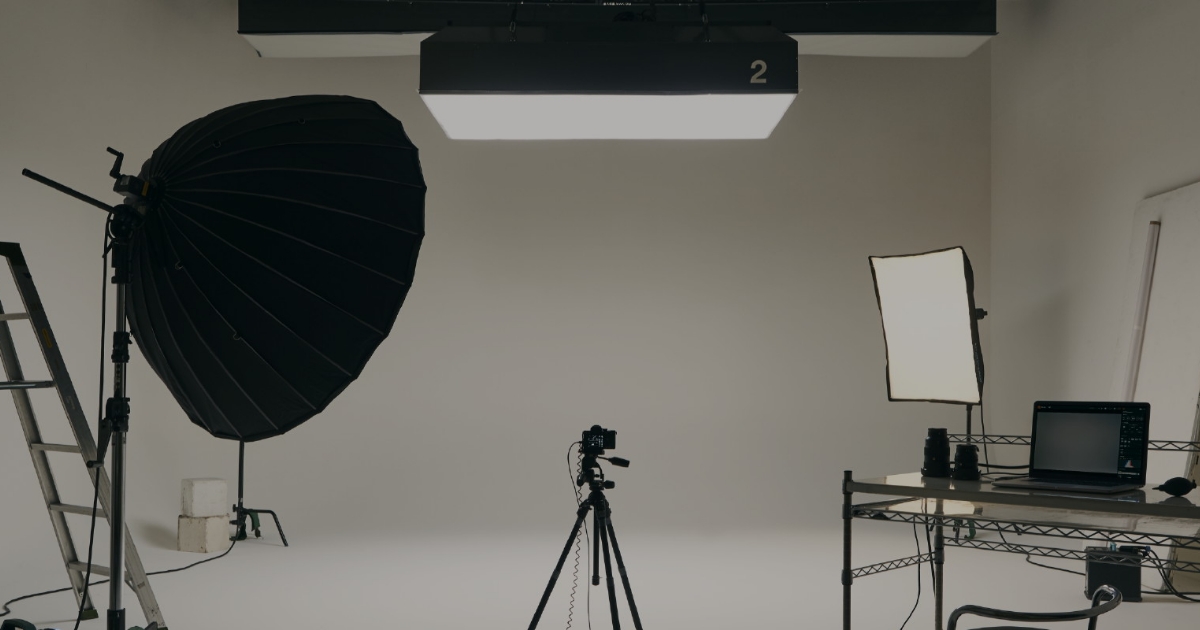Capture One Express for Sony is gone, with no replacement. Sony expect users will buy their own software so they cheap out on it..... Which is the most typical Sony thing. Sony will abandon anything at anytime just because of they need to cut cost.I think Sony included a simplified version of Capture One with their cameras (at least some of them). While C1 for sure beats the Nikon and Canon software it seems that C1 has discontinued the Express version of their software when restructuring their licensing model and it will stop working end of this month. I wonder if a new agreement will be found.
IMO that is a good way for both camera and software manufacturers: include a simpler version of a good commercial product. The camera manufacturer can leave the software development to the pros and these guys in turn might get a few users upgrading to the "better" paid version.
This is common practice for example for DJ equipment: DJ Midi controller are shipped with a simple version of Traktor Pro or Serato or something similar. If one needs more features than included in the base version, these can be unlocked for a fee.
Upvote
0


